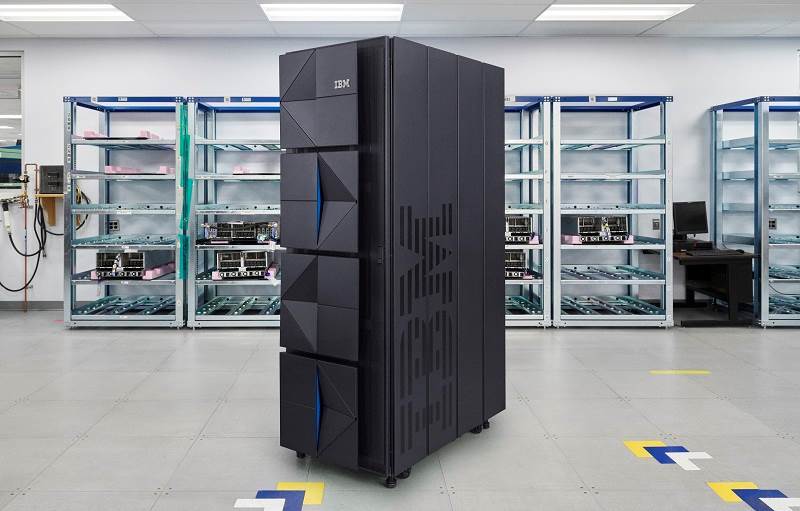.jpg)
Why stay on the mainframe? It’s a dinosaur, right?
A wise former manager once said that any directive to change technology within an organization should be about adding value, increasing productivity, delivering faster time to market or strengthening resiliency. Chasing a popular industry trend rarely delivers on those.
Getting off the mainframe is more time-consuming than it appears. I’ve worked with many customers who are in their seventh, eighth or ninth year of a three-year project to get off the mainframe.
They often discover that they may be able to cherry pick an application or business function that has a singular feed and move it to another platform, but migrating all business applications off the mainframe is more challenging.
Why not modernize mainframe applications? The platform keeps evolving, after all, and the latest model is not your father’s mainframe.
Let’s look back to the early 1990s, when nobody would have thought XPG4 UNIX 95 would be a base element of the z/OS operating system. The emergence of the Internet introduced the Open Systems Adapter (OSA), which supported open systems communications protocols such as TCP/IP and HTTP. This paved the way for web serving on z/OS, so customers can now web-enable their CICS applications to meet the demands of web presence and commerce.
In 2000, the ability to run a Linux OS on IBM Z was introduced with the Integrated Facility for Linux (IFL) engine. The IFL engine is specifically characterized to run only Linux workloads. Customers could now run their Red Hat or SuSE Linux distributions on the mainframe in separate partitions from z/OS, without traditional z/OS software licensing costs and with the ability to access mainframe data and transactions on z/OS.
This opened the door for Linux server consolidation or rehosting on IBM Z to bring the applications closer to the data.
Java was also introduced on the mainframe with compiler and runtime libraries. As part of the announcement of z196, the 11th generation of IBM Z CMOS technology, 70 new hardware instructions were introduced to optimize the most common operations that Java performs. This opened the door for college graduates trained in Java to hit the ground running on the mainframe.
The mainframe introduced WebSphere as the internet web application and integration middleware. Applications running on the mainframe can connect to applications running on the internet, delivering web presence and web commerce.
The emergence of Cloud as a new compute paradigm created the opportunity for the mainframe to evolve once again. Development processes changed from waterfall methodologies to DevOps and agile methodologies. This opened the door to renew Software Development Lifecycle (SDLC) processes with continuous integration and continuous delivery (CI/CD) processes.
Rational Application Developer allows applications that depend on the mainframe to deploy new code release levels at the same time across multiple platforms.
Additionally, advancements in COBOL and its ability to work directly with Java, JSON, and XML provides the ability to link with mobile and cloud applications. The elimination of green screen and the embracing of DevOps methodologies opens the door for today’s cloud developers.
z/OS Connect was then introduced to address microservices and leverage the API economy. The CPU intensive and time-consuming process of Extract Transform and Load (ETL) now becomes a thing of the past.
With today’s mainframe, a developer can write APIs that pull VSAM, CICS, IMS and Db2 data into a program in real time and extend core applications on z/OS with cloud-native applications.
And that brings us back to the earlier question: Why not modernize your mainframe application software instead of incurring the cost and time of migrating off the platform?
If you need help, the Infrastructure group at LRS IT Solutions is available. Just contact us.
About the author
John Duffy Jr. is an IBM Z Solution Advisor with LRS IT Solutions. He has been involved with mainframes since 1981 in various roles from Operations, Technical Support, Consulting, and Technical Sales, and he spent 21 years working with IBM.